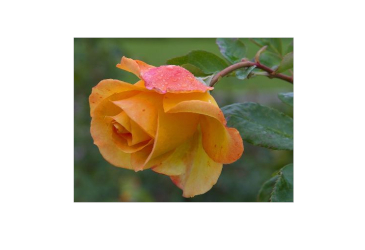A Rose Is Still a Rose
Isaiah 40:8
“The grass withers, the flower fades, but the word of our God stands forever.”
 Roses have fascinated people for thousands of years. While modern rose strains are the result of two centuries of breeding, the Greek naturalist Theophrastus wrote about the hundred-petaled rose 2,400 years ago. The Autumn Damask rose, which blossoms in both spring and fall, was nurtured and cultivated by the ancient Romans. The first settlers in China began to cultivate roses over 4,000 years ago.
Roses have fascinated people for thousands of years. While modern rose strains are the result of two centuries of breeding, the Greek naturalist Theophrastus wrote about the hundred-petaled rose 2,400 years ago. The Autumn Damask rose, which blossoms in both spring and fall, was nurtured and cultivated by the ancient Romans. The first settlers in China began to cultivate roses over 4,000 years ago.
Rose breeding is one of the oldest human experiments in the science of genetics. Roses are bred for variations in size, color, frequency of bloom, and scent. More than 25 distinct scents have been identified in roses. By the mid-19th century, breeders had developed some 4,000 varieties of roses.
Perhaps roses with names like Chrysler Imperial, Charlotte Armstrong or Mirandy sound familiar to you. The man who developed those roses and has won over a dozen “All America Rose of the Year” awards is Walter Lammerts. He became one of the world’s leading authorities on roses while he worked as the senior breeder at Armstrong Roses. He also developed four varieties of peaches.
Dr. Lammerts is a creationist. He not only rejects evolution, but he blames belief in evolution for slowing the development of better strains of plants. He points out that breeders who think change takes place slowly and through evolution don’t expect to make much progress, and they waste time trying to fit what they learn into evolution. He adds that, despite thousands of years of breeding, roses are still roses.
Prayer: Dear Father, I thank You for the improvements to life on earth that have been made through the efforts of Bible-believing scientists like Dr. Lammerts. In Jesus’ Name. Amen.
_____
REF: Mohs, M. 1987. Where has all the fragrance gone? Discover, June. p. 90. Photo: Autumn Damask roses_ courtesy of A. Barra.
© 2023 Creation Moments. All rights reserved.